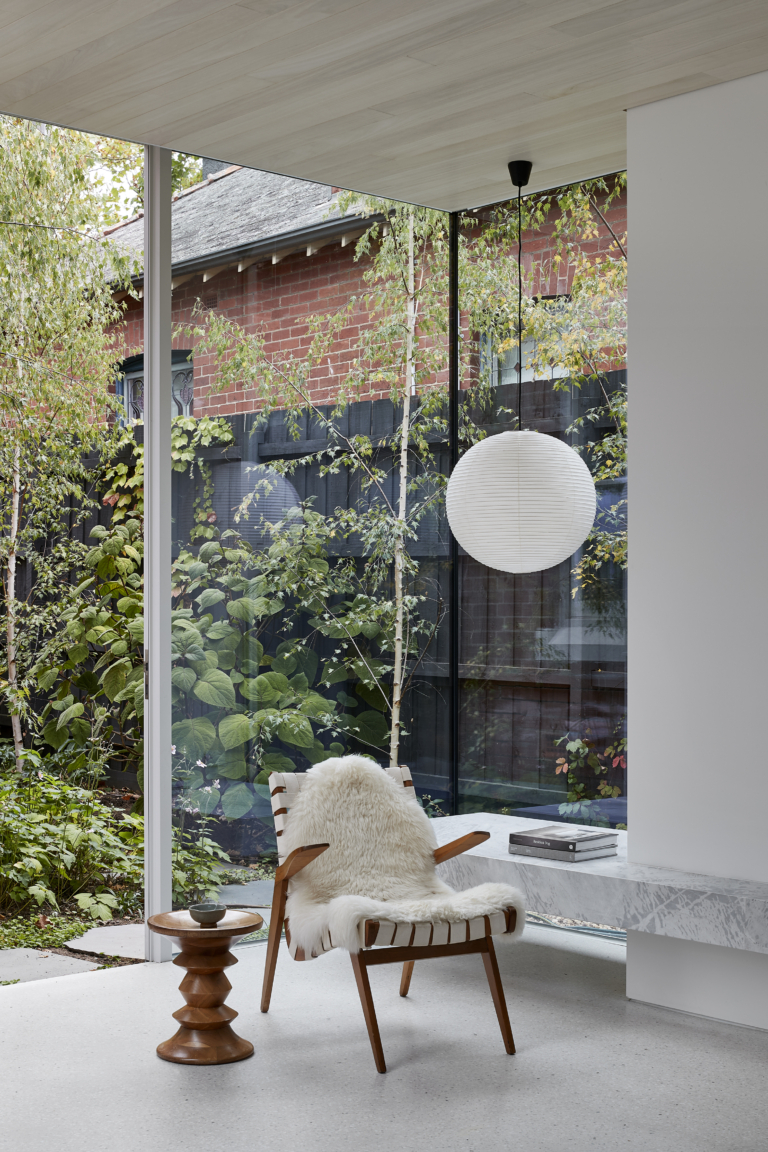
Introducing the Integrated Column Wine Cabinet by Fisher & Paykel
Wine has been an essential part of culture for millennia. Developing a wine collection is not simply a financial investment, it is a passion that crafts a connection with a tradition that can be traced back to the earliest annals of human history. In recognition of this, Fisher & Paykel’s new Integrated Column Wine Cabinet has been designed to not only create the optimal conditions for wine storage but to enhance the experience and enjoyment of curating a personal wine collection.
The Column Wine Cabinet is an extension of Fisher & Paykel’s celebrated range of Integrated Column Refrigerators and Freezers, explains Mark Haydon, Fisher & Paykel Chief Designer. “The background story here is that we were starting from a really strong position because, essentially, this Wine Column is an evolution of our other Columns that we released in the last twelve months,” he says, “so we had a strong foundation in terms of the sophistication of performance and design.” Just like the Column Refrigerator and Freezer, the Wine Cabinet seamlessly integrates within cabinetry, designed to fit flush, with no visible hinges or grilles.
Developing the Column Refrigerators and Freezers led the Fisher & Paykel design team to refine the technology to precisely control temperature and humidity and to minimise vibration, all of which are essential for the effective storage of wine. “Our Columns platform is really temperature stable – you sit it at a temperature and the fluctuation away from that is very minimal. That’s perfect for wine because wine doesn’t like shifts in temperature; it ages it prematurely and degrades the quality,” Mark says. “The Columns also have excellent humidity control, that was designed for that sweet spot for wine care of relative humidity. This means the cork doesn’t dry out but also, on the flip side, it’s not too humid, as if you have too much humidity the labels can fall off.” Additionally, the variable temperature zones offered by the Column Refrigerators means that the Wine Cabinet allows red, white and sparkling wines to be stored at different temperatures, as well as offering a temperature option for longer-term cellaring.
The Column Wine Cabinets also required the design of their own unique elements. A stainless-steel interior is paired with a charcoal air filtration system to maintain a hygienic internal environment, while the glass door meant that inhibiting the transfer of UV light, which can also negatively impact wine, needed to be addressed. The internal compartments were entirely reconfigured not only based on the functional requirements of wine bottle storage, but also with a commitment to creating an exceptional experience at every level. From the aesthetic contribution the Wine Cabinet makes to any space it inhabits to the way in which users interact with the product, Fisher & Paykel emphasised quality and sophistication befitting a product designed to care for a collection of great financial and emotional importance.
From the aesthetic contribution the Wine Cabinet makes to any space it inhabits to the way in which users interact with the product, Fisher & Paykel emphasised quality and sophistication befitting a product designed to care for a collection of great financial and emotional importance.
“The key touchpoint inside the product is really the shelves that allow you to arrange the collection, so we put a lot of effort into ensuring we were using the right materials and executing the right details that had that precision but also that emotional connection,” says Mark. Oak shelves gently cradle the bottles and protect the labels, while the materiality of oak references traditional oak wine barrels. “We were really conscious that it was nice to use timber but also we didn’t want timber to be the dominant aspect,” he explains. Practically speaking, the glass door means the timber shelves are always on display, and the design team sought to ensure that the use timber would not compete with the design of a kitchen, “that’s why we went with a darker finish, it’s a bit more subdued but still with that enduring quality.”
With the Wine Columns offering a capacity of 91 standard Bordeaux wine bottles, “a key element is that shelves fully extend on beautiful soft sliders, so you’re not having to play Tetris and run the risk of knocking and scratching bottles,” Mark says. And, in recognition of the fact that the shape and size of wine bottles can differ considerably, four independent cradles mean the size can be adjusted depending on the style of bottle. Every wine collector has their favourite bottles and the Wine Cabinets allow further customisation in the form of different angles of elevation that allow certain bottle to be raised up on display.
The lighting was also designed with a high degree of attention to detail. A range of different lighting modes exemplify the intuitive approach to design, considering all nuances of the way in which the Wine Cabinets may be used, encompassing not only the storage of the wine, but the enjoyment of sharing it. Mark explains that “‘low’ creates a bit of mood, whereas ‘high’ generates lots of light, which you might use if you’re hosting a party to show your wine off. Then ‘display’ turns the light in just one area onto high and the rest is quite subdued, so you can really celebrate one or two key bottles, perhaps the ones you’re going to drink that night.”
From the pleasure of sharing wine over dinner with friends to the long-term satisfaction of cellaring a particular bottle to perfection, curating a wine collection is an ongoing passion. Safe in the knowledge that the Wine Cabinet stores each bottle in optimal conditions, all that remains is to simply enjoy the experience.
















